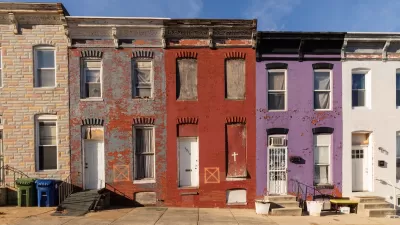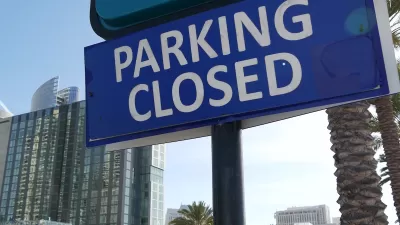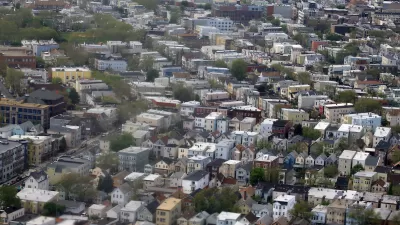When we start to liken housing and neighborhood cycles to the kinds of predictable, unstoppable cycles found in nature, we may find ourselves in a dangerous trap.

About a year ago I wrote a post about Paul Krugman and whether building luxury housing could mitigate the effects of gentrification. For whatever reason, I just noticed one of the comments on that post, which in turn prompted me to think about a very different question. The reader wrote that “the author is completely ignorant of the housing cycle. As time goes on, the luxury condos tend to pass down the economic chain to become condos for the middle class, then the lower-middle class, and then back up the economic chain again.” Leaving aside the writer’s condescending rudeness, which reflects more on him than on the subject of his criticism, his observation is utterly fatuous. But be that as it may, he raises an important point. As human beings, we are constantly attuned to cycles in nature. The sun and moon rise and set, the tides rise and fall, the seasons go and come back. Perhaps that explains our desire to impose a cyclic order on social and economic phenomena, but we’ve been doing it for a long time. In 1959, two of the most prominent urban economists of the time, Edgar (not J. Edgar!) Hoover and Raymond Vernon, offered their take on the “neighborhood life cycle”:
Stage 1: Single-family residential development.
Stage 2: Transition to higher density, apartment construction.
Stage 3: Downgrading to accommodate higher density through conversion and overcrowding of existing structures, spread of ethnic and minority districts.
Stage 4: Thinning-out or “shrinkage” characterized by population loss and decline in housing units.
Stage 5: Renewal through public intervention, redevelopment and replacement of obsolete housing with new multifamily apartments.
In 1975, HUD asked the Real Estate Research Corporation (RERC) to take a fresh look at the cycle. RERC was more pessimistic, as reflected in its version:
FULL STORY: Myths and Realities About Cycles: Avoiding the Inevitability Trap

Alabama: Trump Terminates Settlements for Black Communities Harmed By Raw Sewage
Trump deemed the landmark civil rights agreement “illegal DEI and environmental justice policy.”

Planetizen Federal Action Tracker
A weekly monitor of how Trump’s orders and actions are impacting planners and planning in America.

The 120 Year Old Tiny Home Villages That Sheltered San Francisco’s Earthquake Refugees
More than a century ago, San Francisco mobilized to house thousands of residents displaced by the 1906 earthquake. Could their strategy offer a model for the present?

Ken Jennings Launches Transit Web Series
The Jeopardy champ wants you to ride public transit.

BLM To Rescind Public Lands Rule
The change will downgrade conservation, once again putting federal land at risk for mining and other extractive uses.

Indy Neighborhood Group Builds Temporary Multi-Use Path
Community members, aided in part by funding from the city, repurposed a vehicle lane to create a protected bike and pedestrian path for the summer season.
Urban Design for Planners 1: Software Tools
This six-course series explores essential urban design concepts using open source software and equips planners with the tools they need to participate fully in the urban design process.
Planning for Universal Design
Learn the tools for implementing Universal Design in planning regulations.
Clanton & Associates, Inc.
Jessamine County Fiscal Court
Institute for Housing and Urban Development Studies (IHS)
City of Grandview
Harvard GSD Executive Education
Toledo-Lucas County Plan Commissions
Salt Lake City
NYU Wagner Graduate School of Public Service





























